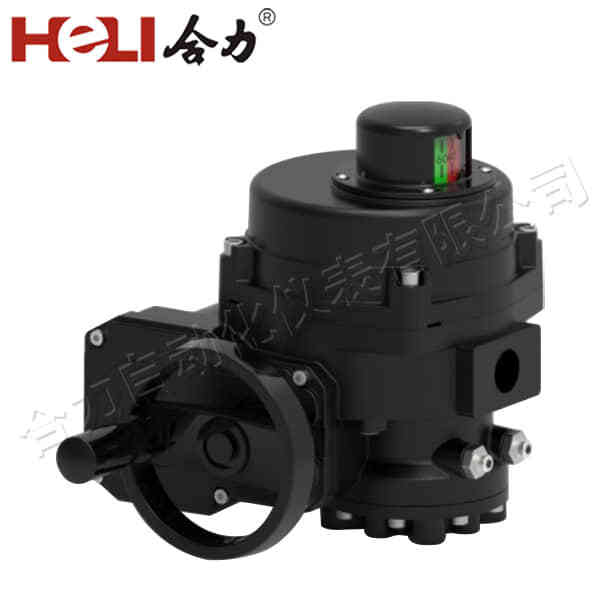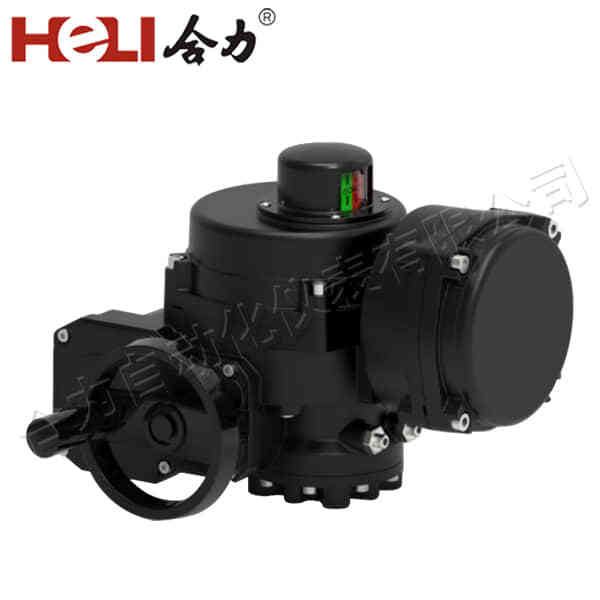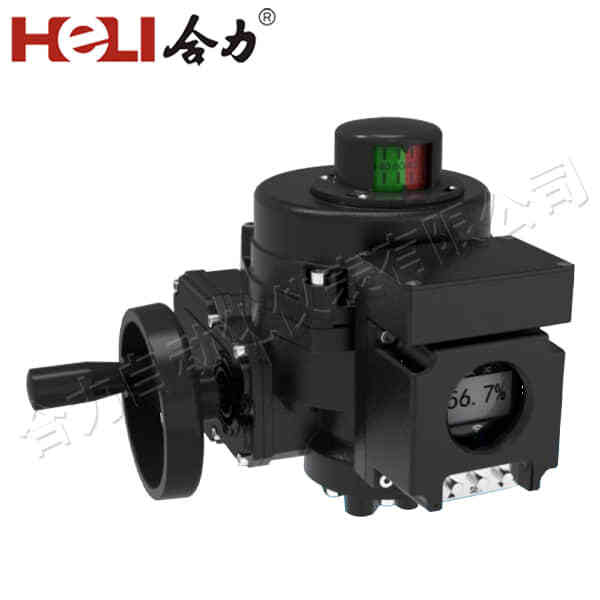Electric actuators have become indispensable components in numerous industries, providing reliable motion control and precision. Whether it’s for controlling valves in the oil and gas sector or driving the automation systems in manufacturing plants, the importance of electric actuators cannot be overstated. Electric actuator manufacturers are at the forefront of this innovation, offering products that drive efficiency and reduce the need for manual intervention in complex processes. This article will explore the role of electric actuator manufacturers, the types of actuators they produce, and why they are crucial for modern automation systems.

Understanding Electric Actuators

An electric actuator is a mechanical device that uses electrical energy to produce motion. Unlike pneumatic or hydraulic actuators, which rely on compressed air or fluid pressure, electric actuators use motors to convert electrical energy into rotary or linear motion. This makes them more energy-efficient, easier to control, and often more cost-effective in the long run. There are two primary types of electric actuators: linear actuators and rotary actuators. Linear actuators produce a straight-line movement, typically used in applications where precise positioning is required, such as valve control or adjusting mechanical systems. Rotary actuators, on the other hand, produce circular motion and are commonly used for controlling the rotation of machinery parts, such as in conveyor systems or automated doors.
